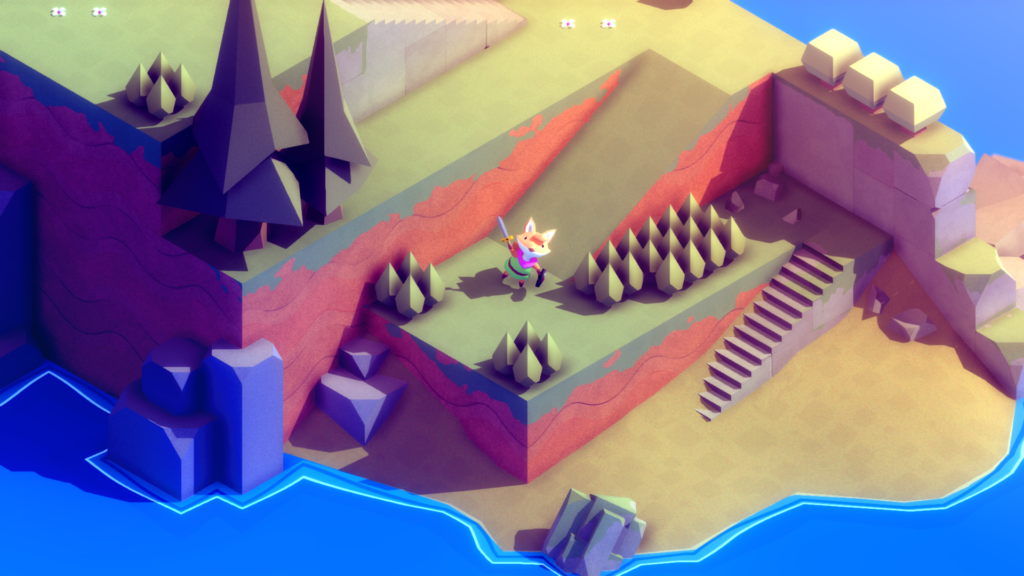
Provided by Finji
Forget Elden Ring — Tunic is the King of Less-Is-More Storytelling
Video games have long hungered for the perceived respectability of older forms of media. Over the years, as processing power has grown and techniques have been optimised, we’ve seen a shift towards blockbuster-style stories in the vein of The Last of Us and the newer God of War titles — more linear, visually-impressive experiences more in line with an interactive movie, in which the gameplay mostly serves the purpose of moving the narrative along, rather than being an intrinsic part of the narrative itself. The shortlisted titles for The Game Awards’ Best Narrative award last year encapsulate this move perfectly: of the five games nominated, three of them (God of War Ragnarök, Horizon: Forbidden West, and A Plague Tale: Requiem) could easily have their stories transplanted from their respective games straight into a movie or miniseries.
Much was made, though, of the inclusion of Elden Ring, a game that very much follows in the footsteps of its FromSoftware predecessors in squirrelling away much of its lore, worldbuilding, and even plot behind environmental storytelling, obscure references, and item descriptions. Many argued that this arcane approach to narrative should disqualify it from consideration for the award, but not only is it a perfectly viable and effective method of storytelling — there’s arguably another game from 2022 that took it even further.
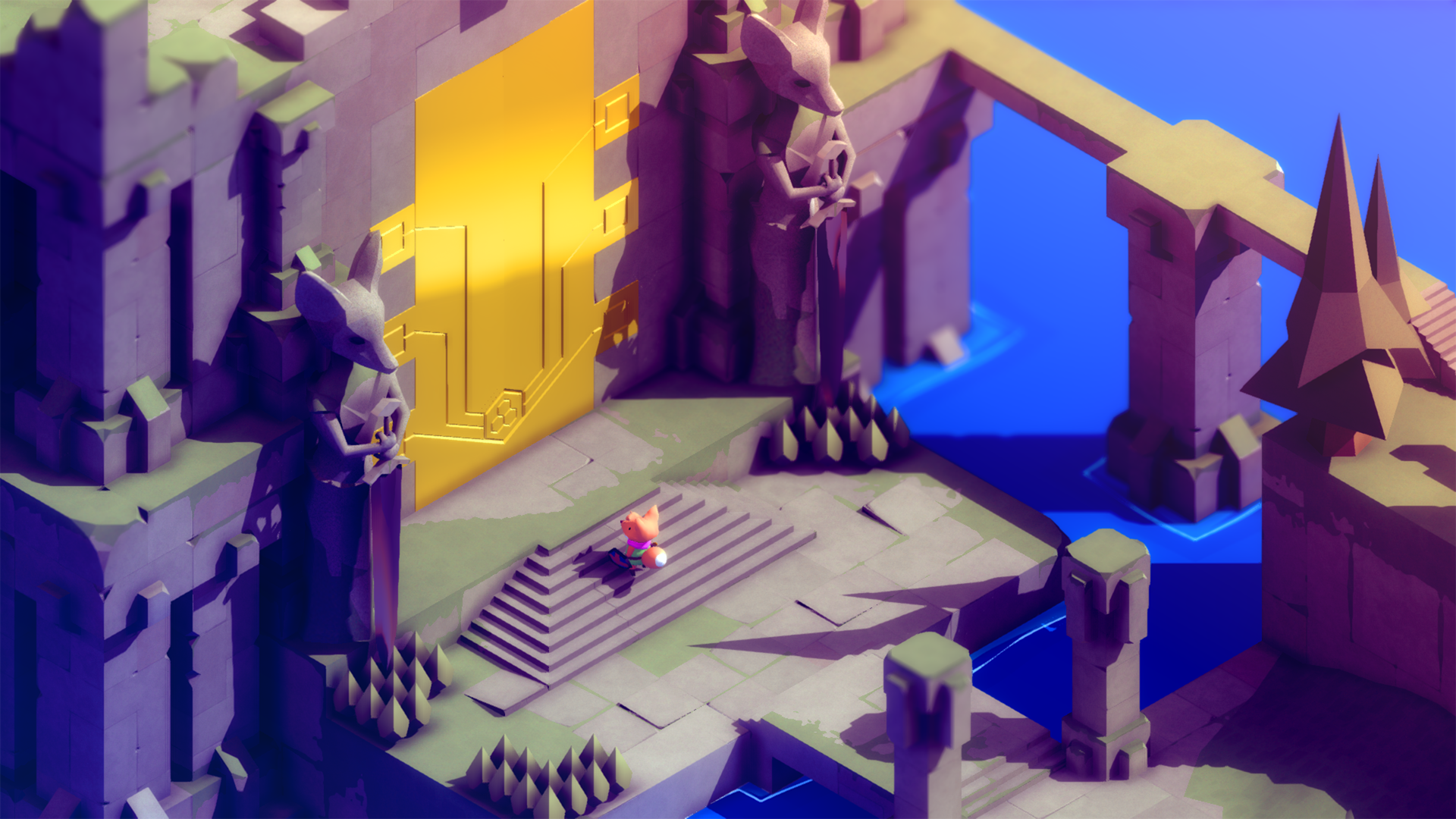
Tunic released in March 2022, at first seeming like a straightforward action-adventure game. It took inspiration from plenty of other games — the exploration (and attire) of Zelda, the merciless but precise combat of Dark Souls — and garnered plenty of love from reviewers and players. It soon became apparent, though, that there was a lot more hiding beneath Tunic’s cutesy surface. Secrets gave way to yet more secrets, and everything from basic gameplay to the story itself was obfuscated behind a mysterious runic language invented by the game’s creator Andrew Shouldice, with only the occasional word and the most scant details tantalizingly rendered in the player’s chosen language.
At first glance, this would seem to be a perfect recipe for frustration. But the enduring sense of slow-burn mystery actually lends itself perfectly to Tunic, allowing players to gracefully and gradually peel away the layers of its story, should they wish to. What starts as a Zelda-esque romp to rescue a trapped entity unfolds into a high-stakes battle against a malevolent and corrupting force, which in due course unfolds into a resolve to break the cycle of suffering that has plagued the world. The obscurity of the plot is a feature rather than a bug, forgoing text- and dialogue-based exposition in favour of letting the player discover it at their own pace.
This in turn allows the twists to hit all the harder. Upon freeing what appears to be some sort of maiden in distress at the end of the game’s first act, the words “The Heir” flash up on screen and you’re suddenly catapulted into a rock-hard boss fight. This instantly flips what you thought you knew about the game on its head and brings up brand new questions that now demand answers. Similarly, descending into the cavernous depths of the Quarry in the late game makes it abundantly clear that there is much more bubbling beneath the surface of this world than you could ever have known, all without saying a single word.
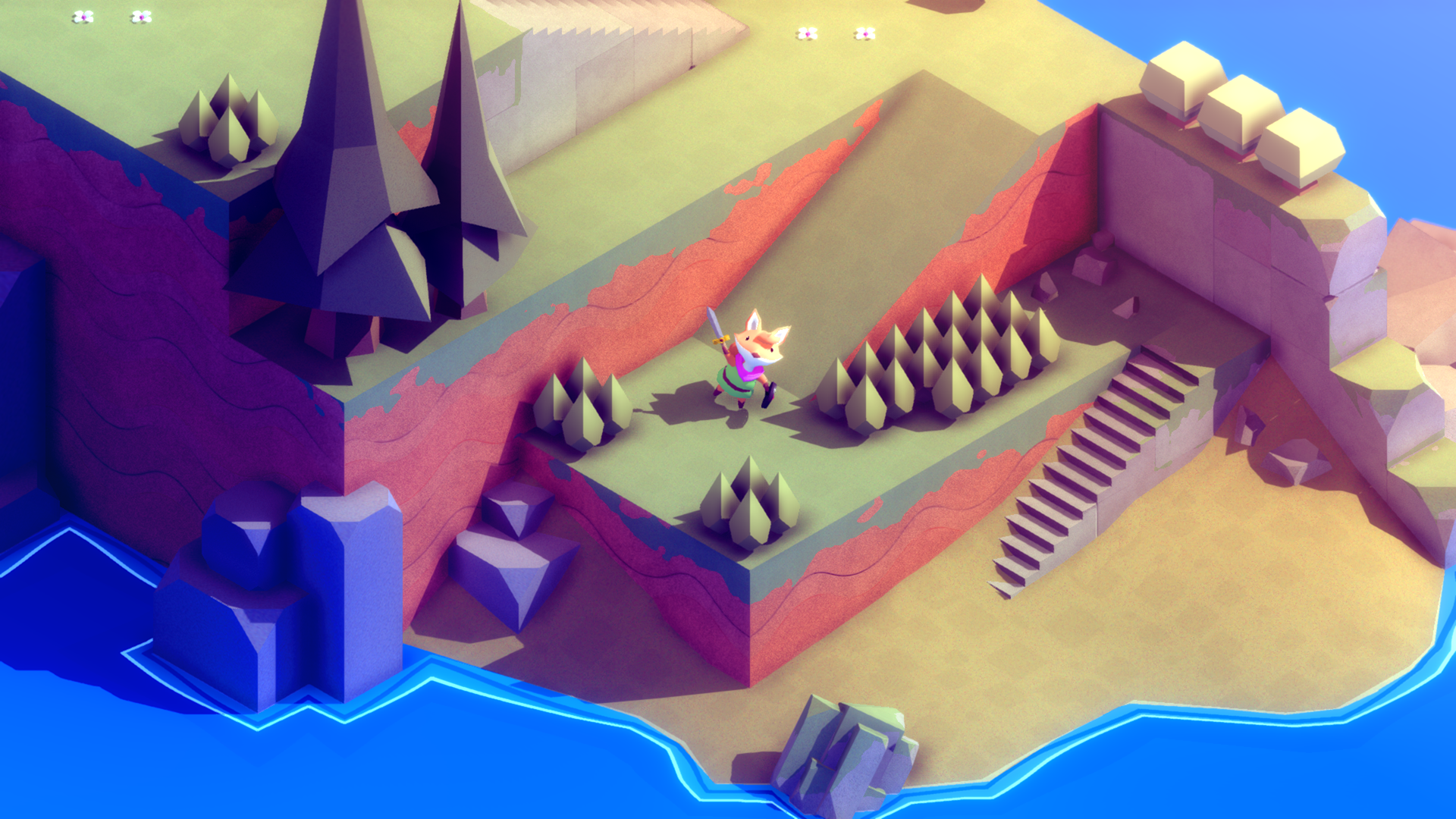
All this can be discovered, it must be added, without even deciphering Shouldice’s language. Puzzles can be solved, plot inferred, and stories resolved without ever truly understanding the strange runes that crop up across the island and in the gorgeously-rendered in-game manual. But the translation became its own meta-puzzle within the community, confirming theories and offering intriguing context for the rest of the game. It also highlighted one of the best things about Tunic, with its mysteries and enigmas stacked inside one another like a matryoshka doll — even though it’s a single-player game, it encourages a communal approach to unravelling its world. Pre-release, reviewers swapped tips and hints and tried to get to the bottom of everything Tunic had to offer, and within a couple of days of the game coming out, Redditors had managed to crack the language and plumb even further the depths of the game’s secrets. In much the same way that the Soulsborne community has come together over the years to unravel the mysteries of Bloodborne’s Chalice Dungeons or that one weirdly strong illusory wall in Elden Ring, players of Tunic have relished the opportunity to dig deep and unravel the inner workings of the game and its world.
Importantly, Tunic masterfully incorporates its gameplay into the story itself. Puzzles and combat aren’t simply breaks in narrative progression, but opportunities to figure out more about what’s going on and the world around you. Figuring out the mysteries hidden away in the manual’s illustrations, the cryptic warnings from lost spirits, or why you’re fighting the very being you fought to free — it all serves to reveal the secrets of the game’s world and fuel the sense of adventure and discovery that keeps the player wanting to find out more.
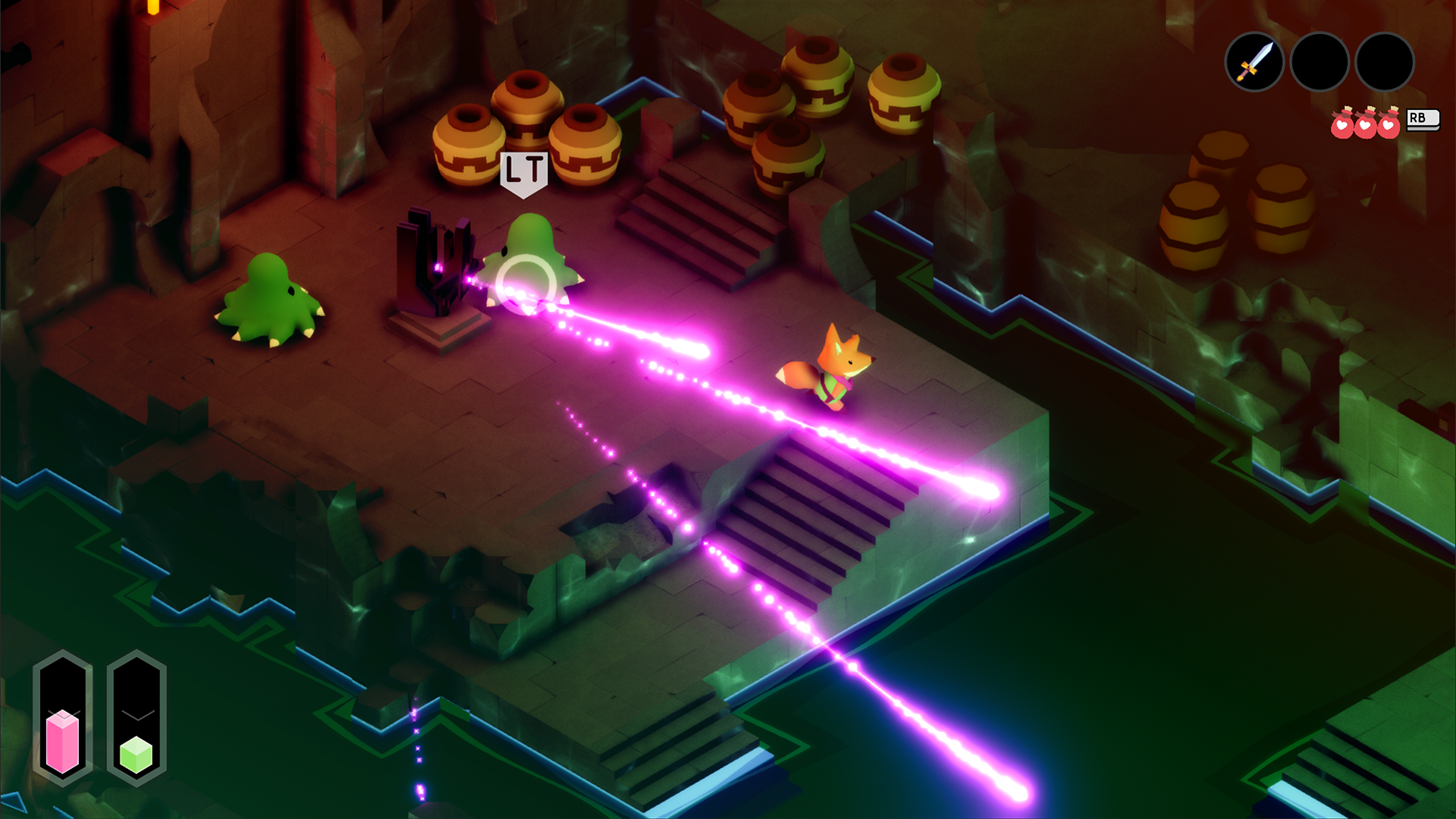
Tunic is not the first game to play coy with dishing out its story, nor will it be the last. As mentioned previously, the Dark Souls games (along with their spiritual successors like Hollow Knight) have long been the go-to analogy for this style of narrative in games, while excellent puzzlers like Return of the Obra Dinn grant players a real sense of accomplishment and understanding in figuring out just what the hell happened all on their own. But perhaps no game has yet done more with so much less than Tunic, which eschews text and dialogue almost entirely while leaning heavily into its own inherent “gameiness” to get its story across. The necessary drive toward exploration, lateral thinking, and the hunt for knowledge aren’t necessarily unique to video games, but they thrive in our medium in a way that can be so much more engaging than simply watching a movie.
The definition of what constitutes “a good story” will vary wildly from person to person, but for my money it’s something that sticks with you long after you’re done experiencing it. Almost a year on, Tunic’s story and the way it’s silently folded into the game still haunts me in a way that any number of gorgeous, cinematic, AAA+ titles just…don’t. It works off the strengths of the medium, and explains why games like Dark Souls have such a dedicated fanbase. The cost of admission is arguably higher — to get the most out of games like this you have to immerse yourself in the world to a degree that would be impossible in most other media — but the payoff is a narrative experience unlike any other.
If you like what we do here at Uppercut, consider supporting us on Patreon. Supporters at the $5+ tiers get access to written content early.


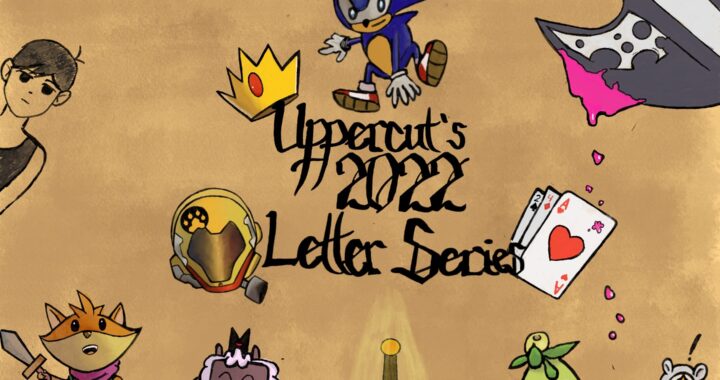



1 thought on “Forget Elden Ring — Tunic is the King of Less-Is-More Storytelling”